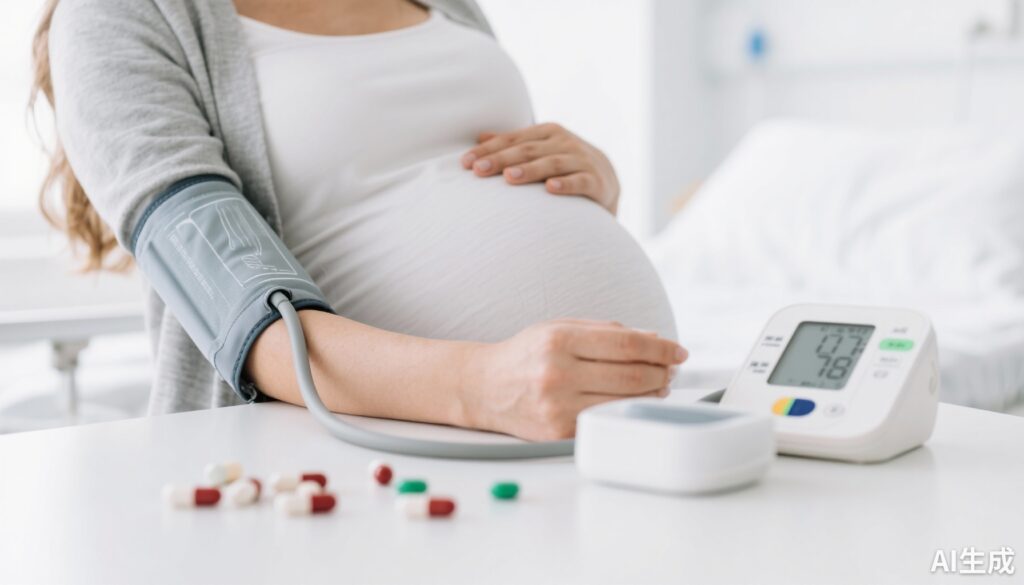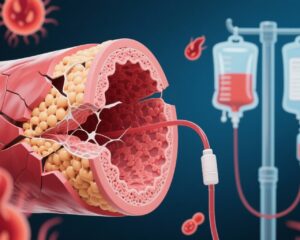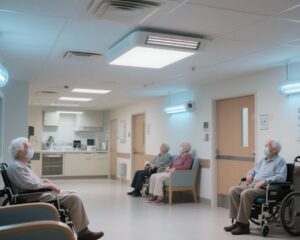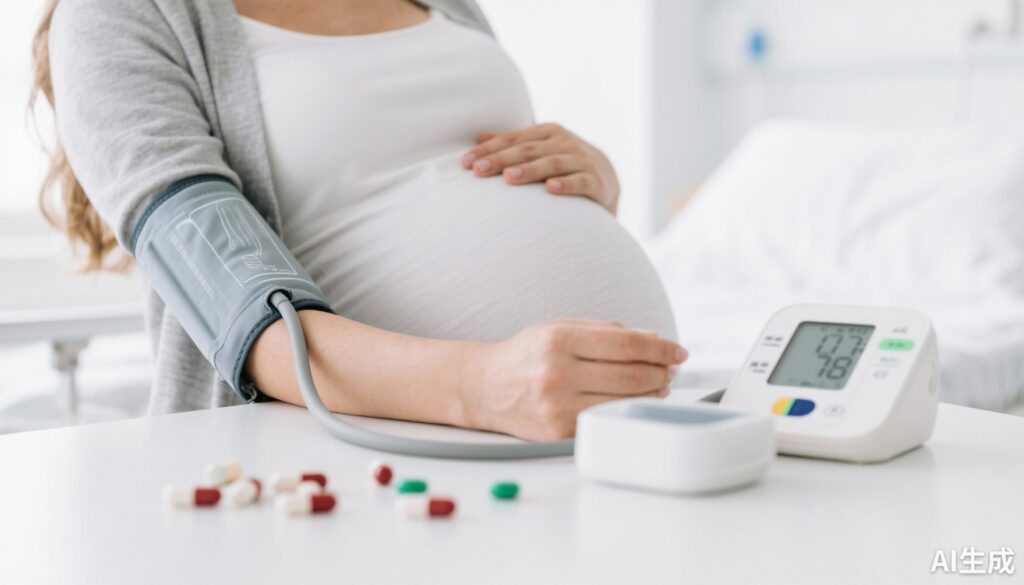Highlight
- In severe preeclampsia, nifedipine GITS 30 mg BID offers comparable blood pressure control to 60 mg daily dosing.
- BID dosing significantly reduces the need for emergent antihypertensive interventions during the critical 24-to-48-hour post-escalation period.
- Secondary outcomes such as gestational age at delivery and dose escalation frequency did not differ significantly between dosing regimens.
Study Background and Disease Burden
Preeclampsia, defined by new-onset hypertension and end-organ dysfunction after 20 weeks’ gestation, remains a major cause of maternal and perinatal morbidity and mortality worldwide. Severe preeclampsia, characterized by markedly elevated blood pressures and significant systemic involvement, demands timely and effective blood pressure control to prevent complications such as eclampsia, stroke, and multiorgan failure. Despite nifedipine gastrointestinal therapeutic system (GITS) being a commonly used antihypertensive agent during pregnancy for its efficacy and relative safety, the optimal dosing regimen—particularly whether once-daily (QD) or twice-daily (BID) dosing is more effective—has not been clearly established. This uncertainty poses challenges for clinical management aiming to balance sustained blood pressure control and minimizing acute hypertensive crises requiring emergent treatment. The study by Kiefer et al. addresses this gap by directly comparing these dosing regimens in pregnant patients with severe preeclampsia requiring dose escalation.
Study Design
This was an unblinded, randomized controlled trial conducted at a single academic hospital over two years (December 2021 to December 2023). The study population included pregnant individuals between 22 weeks 0 days and 33 weeks 5 days gestation diagnosed with preeclampsia with severe features who required an increase in total daily nifedipine GITS dose. Upon clinical decision to escalate the dose, patients were randomized to receive either nifedipine GITS 60 mg once daily (QD) or 30 mg twice daily (BID).
The primary endpoint was the percentage of suboptimal blood pressure readings measured between 24 and 48 hours post-randomization. Suboptimal blood pressure was defined as systolic blood pressure (SBP) ≥150 mm Hg and/or diastolic blood pressure (DBP) ≥100 mm Hg, and the primary outcome was quantified as the ratio of these hypertensive episodes relative to the total number of measurements in the specified timeframe. Secondary outcomes included the need for emergent antihypertensive treatment, gestational age at delivery, and the frequency of further increments in long-acting antihypertensive therapy.
Key Findings
A total of participants randomized to each arm were balanced regarding baseline characteristics and disease severity. The primary outcome revealed no significant difference in the proportion of suboptimal blood pressure control periods between the two groups: 34.2% ± 29.4% in the 60 mg QD group versus 32.8% ± 34.0% in the 30 mg BID group (P=0.87), indicating similar efficacy in controlling hypertension during the acute phase of dose escalation.
However, a notable secondary finding was that patients receiving 60 mg once daily required emergent antihypertensive interventions significantly more frequently than those on the BID regimen (46.2% versus 14.8%; P=0.03). Emergent treatment typically indicates episodes of severe-range hypertension posing imminent risk of maternal complications.
Other secondary outcomes such as gestational age at delivery and the number of subsequent dose increases for long-acting antihypertensives did not differ significantly between groups, suggesting similar overall disease trajectory and treatment stability.
No unexpected adverse events or safety signals related to study interventions were reported. The open-label design was a limitation but unlikely to bias objective blood pressure endpoints.
Expert Commentary
These findings add a clinically meaningful nuance to antihypertensive management in severe preeclampsia. Although the total daily dose of nifedipine was constant between groups, splitting the dose into twice-daily administration appears to offer a smoother blood pressure control curve, potentially minimizing peaks and troughs that could precipitate severe hypertensive episodes necessitating urgent intervention. This pharmacodynamic rationale aligns with general hypertension management principles favoring divided dosing to maintain stable plasma drug concentrations.
Current guidelines recommend nifedipine as a first-line agent in preeclampsia emergency management but offer limited guidance on chronic dosing schedules for sustained control. Kiefer et al.’s study provides foundational evidence supporting twice-daily dosing advantages specifically for severe presentations. It should be noted that the single-center, unblinded nature and relatively short evaluation window (24-48 hours post-increase) warrant replication and longer-term studies to confirm sustained benefits.
Moreover, exploring pharmacokinetic profiles or patient-centered outcomes including maternal tolerability and neonatal parameters would enrich interpretation. Nevertheless, the significant reduction in emergent treatment demand—critical to reducing maternal morbidity—suggests immediate clinical applicability.
Conclusion
In pregnant patients with severe preeclampsia requiring amplified nifedipine therapy, 30 mg BID dosing achieves equivalent primary blood pressure control outcomes compared with 60 mg once daily. Importantly, BID dosing reduces emergency treatment requirements for severe hypertensive episodes within the 24-to-48-hour period post-escalation, thus offering a safer, more stable pharmacotherapeutic approach.
Clinicians should consider adopting the BID dosing regimen to optimize blood pressure management in this high-risk population while awaiting further confirmatory studies. Future research should evaluate long-term maternal and neonatal outcomes and integrate pharmacokinetic/pharmacodynamic correlations to refine individualized dosing strategies further.
References
Kiefer MK, Williams H, Nwosu O, Doan Mast DD, Costantine MM, Rood KM. Daily Versus BID Nifedipine GITS in Severe Preeclampsia: Randomized Controlled Trial. Hypertension. 2025 Sep;82(9):1421-1429. doi: 10.1161/HYPERTENSIONAHA.124.24532. Epub 2025 May 21. PMID: 40396237.



